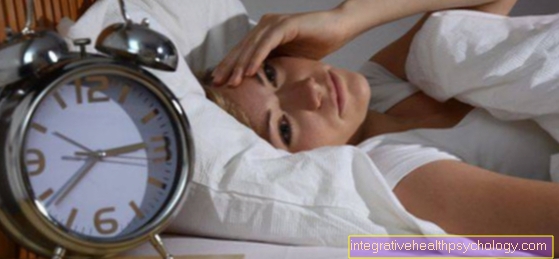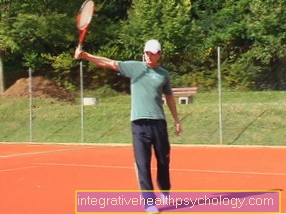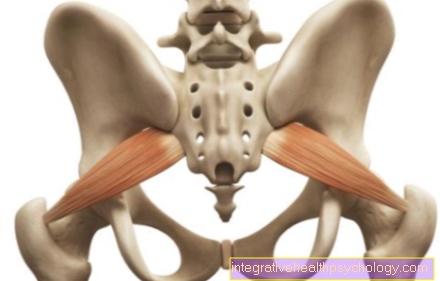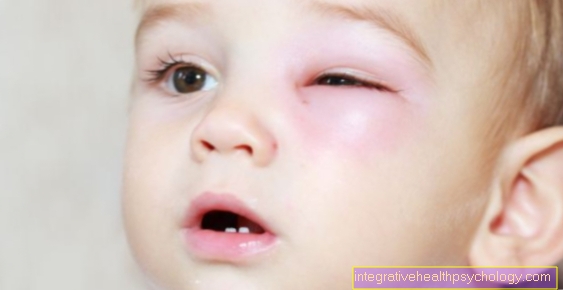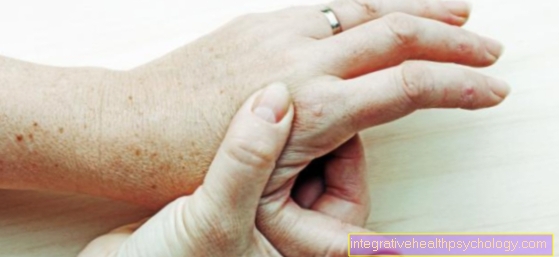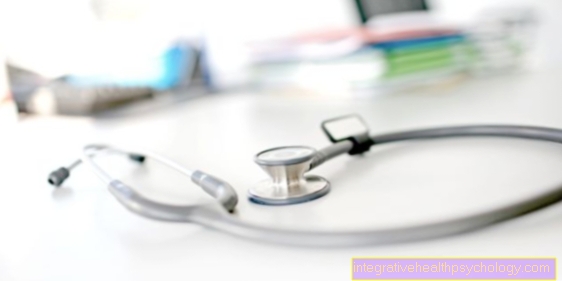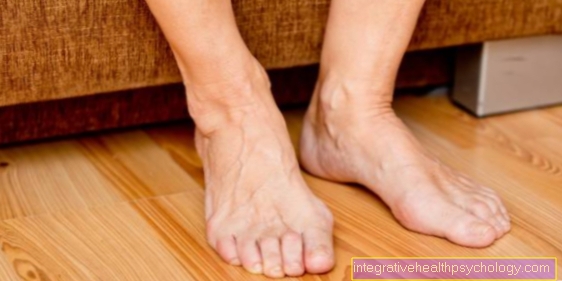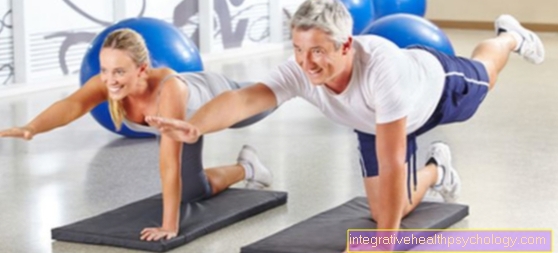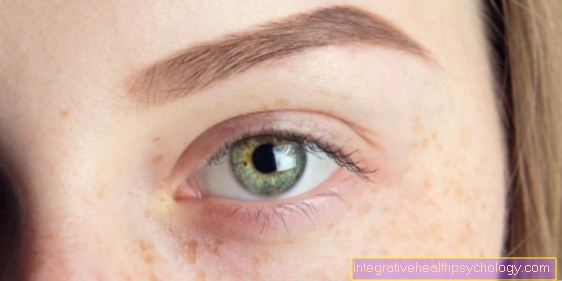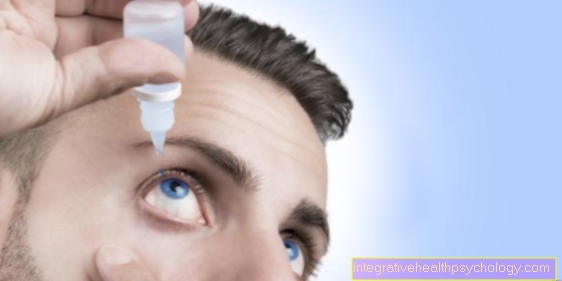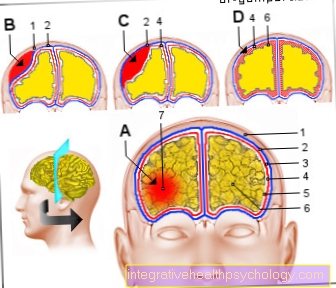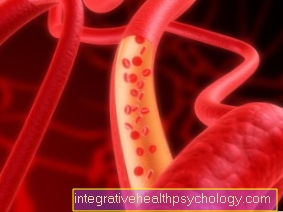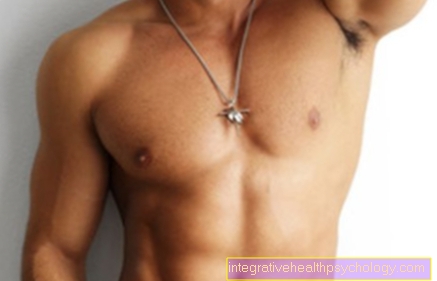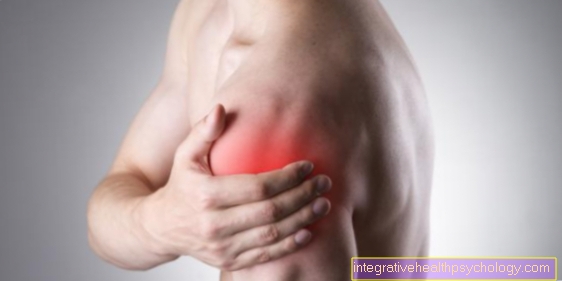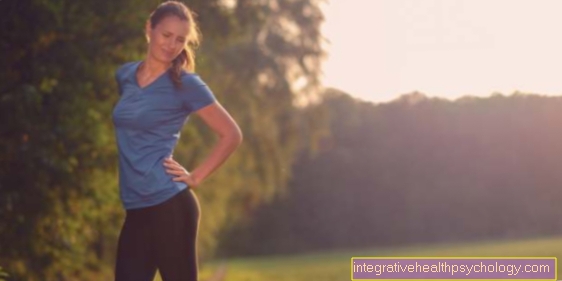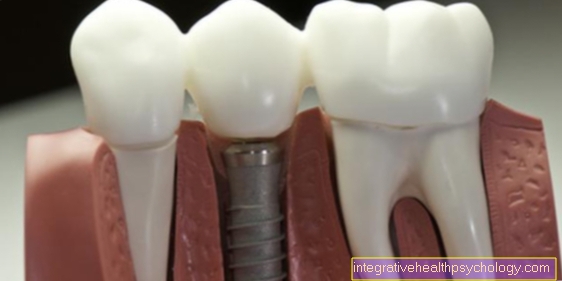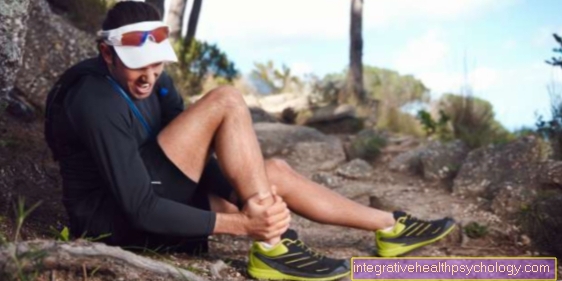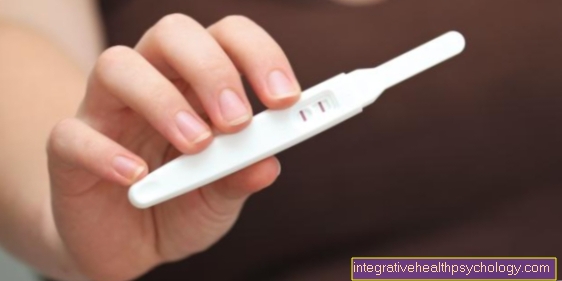Leg straightening
introduction


Cause of leg malpositions
There are two possible causes of a misalignment of the legs. The knock leg (Genu valgum) and the bow leg (Genu varum). Both malpositions are usually congenital, but can also arise from crooked feet (flat feet). The feet sink inwards and the growth of the legs is impaired due to the incorrect load.
A lack of vitamin D also causes leg deformity. This is due to a disease called rickets. If there is a lack of vitamin D, the important bone substances calcium and phosphate cannot be properly absorbed, the bones soften and are no longer able to support the growing body weight as the body grows. This results in misalignments of the hip or knee joints. However, rickets is very rare these days.
Other reasons for misalignment of the legs include hormonal disorders, tumors or obesity. Traumatic causes, such as broken bones or injuries to the growth plates, primarily cause leg misalignment when they happen in childhood or adolescence, i.e. when the body is still growing.
Symptoms of malpositioned legs
Symptomatic of knock knees or bow legs is the quickly visible deviation of the legs from the normal body axis. A leg is considered to be straight when the axis (carrying axis) runs straight through the femoral head of the hip joint, the knee and the ankle joint. With the X-leg, the knee deviates inwards from this imaginary axis, with the O-leg it deviates outwards.
Further symptoms of a leg deformity only appear as late effects.For example, there is joint wear in the knee (gonarthrosis) due to the one-sided stress. With the knock knees, the inner parts of the knee joint wear out first, with the bow leg the outer parts are affected earlier. The osteoarthritis then results in pain, especially when exposed to stress, as the joint surfaces no longer slide optimally over one another. In addition to osteoarthritis, meniscus damage or bone edema play a role as symptoms.
Leg straightening in children
Conservative methods
Should the leg deformity correction be made in children who are still growing can be tried first with a Splint that must be worn at nightto counteract false growth. Raised insoles on the inside of the foot can help against flat arched feet, which are the cause of knock knees. These are adapted to this and should be worn in the shoes as often as possible. Attempts can also be made through special, physiotherapeutic gymnastics exercises to compensate for the misalignment of the legs and thus to counteract possible late effects such as osteoarthritis.
However, if there is a pronounced misalignment or if the measures mentioned do not work, there is also the possibility for children to use the axis deviation operational to straighten.
Operative methods
If a child's legs need to be straightened, the so-called ones are used Epiphysesodesis. The Epiphysis (Growth plate) becomes Deliberately injured on one or both sides. To correct knock knees or bow legs, however, only one-sided epiphysodesis is used.
Unilateral epiphysis serve to control growth and are mostly reversible, that means they can be reversed. There are two options for reversible epiphyses. On the one hand, the Growth plate penetrated so that the Growth stagnates for the time being. The damage to the joint caused by the penetration, usually caused by a screw or a wire, heals again and growth continues. Alternatively, you can use the "Bridge" the growth joint also from the outside and thus temporarily inhibit growth by means of brackets or plates.
An epiphysodesis represents one massive interference in the natural growth of the body So it sometimes happens that even after the screws, plates or wires have been removed No growth. Excessive or asymmetrical growth have also been described as the aftereffects of such an intervention. The latter in particular must be avoided if possible, because the procedure should prevent, not cause, asymmetrical growth. The ones introduced into the growth plate Implants can also loosen and slip and then affect surrounding structures. This is how, for example, Nerve damage or Injuries to the periosteum (Periosteum). In very rare cases, temporary manipulations develop on the growth plate small bone bridgesso that it is for permanent growth stop comes. Whether you really perform an epiphyseodesis in a child should be decided individually in each case.
If the misalignment can still be compensated for with other means, or if it is not very pronounced, one should carefully consider whether an operation is really necessary, because all operations are great stress for children and should be avoided if possible.
Appointment with a knee specialist?
I would be happy to advise you!
Who am I?
My name is I am a specialist in orthopedics and the founder of .
Various television programs and print media report regularly about my work. On HR television you can see me every 6 weeks live on "Hallo Hessen".
But now enough is indicated ;-)
The knee joint is one of the joints with the greatest stress.
Therefore, the treatment of the knee joint (e.g. meniscus tear, cartilage damage, cruciate ligament damage, runner's knee, etc.) requires a lot of experience.
I treat a wide variety of knee diseases in a conservative way.
The aim of any treatment is treatment without surgery.
Which therapy achieves the best results in the long term can only be determined after looking at all of the information (Examination, X-ray, ultrasound, MRI, etc.) be assessed.
You can find me in:
- - your orthopedic surgeon
14
Directly to the online appointment arrangement
Unfortunately, it is currently only possible to make an appointment with private health insurers. I hope for your understanding!
Further information about myself can be found at
Leg straightening for adults
If an adult's leg is straightened, this is what happens operational. Conservative methods can do little in the adult because the growth is already complete. At most, one can treat symptomatically or try to prevent the deformity from worsening.
Includes symptomatic therapy Pain medication and physical therapy to stabilize the knee joint. With Insoles for shoes, which are made to fit exactly, an attempt can be made to compensate for a flat arched foot and to avoid the resulting further deterioration of the malalignment.
The operation is called Corrective osteotomy designated. Before an operation is performed, a safe diagnosis be asked. To do this, the legs are first inspected. If there is a pronounced knock knees or bowlegs position, this can usually be seen clearly. Then the legs are x-rayed and the axis of support of each leg is determined and measured. In such a case, X-rays are always taken while standing so that the doctor can see how the axis of the legs behaves under the load of the body weight. The operation of the leg deformity depends on whether there are knock knees or bow legs and is carried out in the clinic under general anesthesia carried out. The method is based on an axis correction by the Removal of pieces of bone. These vary in size depending on the degree of the deformity and are removed from other locations depending on whether the knee is knocked or bowed. The bones are then attached with plates, nails and screws.
As with any operation, straightening the legs has certain aspects Risks and Side Effects. These include the side effects caused by the anesthesia such as nausea, vomiting and, in older patients, confusion (passage syndrome). Wound healing disorders, scarring or wound infections on the surgical suture can later occur.
Leg straightening for knock knees
X-leg Straightening rarely done and are among the more difficult operations. you will be on the thigh, made just above the knee. The Sawed into bones and thus straightened. Then the gap is made with a system angular stable plates kept in shape. During the operation, the position of the incision and the position of the plates are checked by constant x-ray monitoring.
Leg straightening for bow legs
To correct bow-legs, which are carried out much more frequently than correcting knock-knees, the “closed wedge” technique is usually used. A wedge-shaped piece of bone is sawn out of the shin. The two newly created bone ends are then brought closer together and fixed with plates.
In addition to the "closed wedge" technique, there is also the "open wedge" technique. This is similar to the “closed wedge” technique in that the stabilization is also carried out with angle-stable plates. However, the ends of the bones are not brought closer together, but filled with bone material from the iliac crest, depending on the size of the gap that has formed. Like the straightening of knock knees, this operation is also carried out under strict X-ray control.
also read: OP on bow legs
Aftercare

Of the Hospital stay after correction of a leg misalignment lasts without complications 4 to 7 days. In the first few weeks after a leg straightening operation, the legs should be spared if possible Forearm crutches to relieve the legs can usually already waived after about 6 weeks become. Useful supplements are treatment methods like physical therapy, Cold therapy and Lymphatic drainage. It is best to do these treatments twice a week.
In order not to directly strain the operated legs too much, one should hold back in sport for the time being. Sports that put a lot of strain on the joints, such as jogging, are particularly affected. Sports that are easy on the joints, such as aqua aerobics, easy swimming or leisurely cycling, can be done again quite early.

